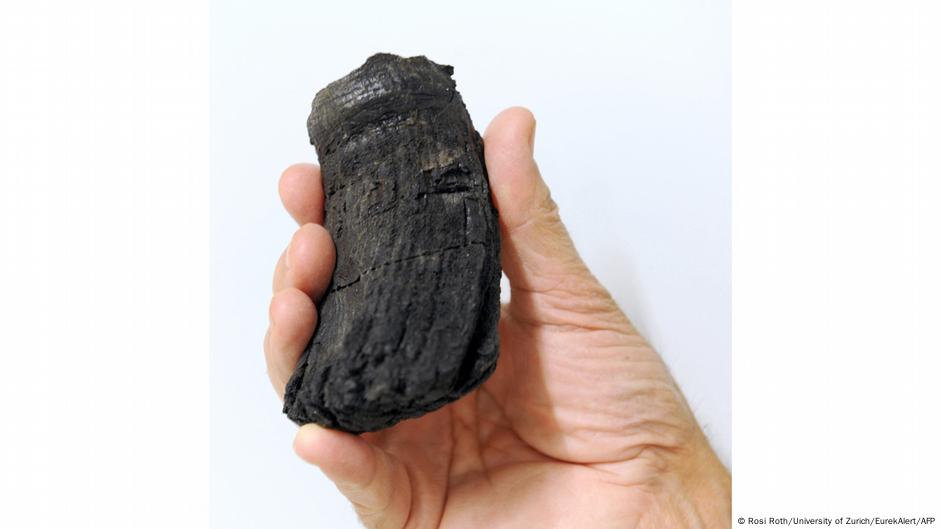Giant tooth of an ancient marine reptile discovered in the Alps | News | DW
The giant tooth of a prehistoric sea monster has been discovered in the Swiss Alps, according to a new study published Thursday.
The tooth was discovered along with two skeletal remains believed to be from ichthyosaurs – massive marine reptiles with small heads and elongated bodies that ruled the oceans in the early Triassic.
Published in the Journal of Vertebrate Paleontology, the report analyzed a skeleton containing 10 rib fragments and a vertebra, suggesting a huge animal around 20 meters (66 feet) long, about the size of a large sperm whale. . The second fossil suggested an ichthyosaur about 15 meters long.
But “the tooth is particularly exciting,” said lead author Martin Sander, of the University of Bonn, because the largest ichthyosaurs discovered so far appeared to be toothless.
With its 60 millimeters (2.4 in) diameter root, it is the largest tooth ever found for extinct reptiles.
Mysterious giant ‘fish lizard’ predates dinosaurs
The ichthyosaur – which literally translates from ancient Greek to “lizard fish” – was one of the largest animals to ever live, measuring up to 20 meters and weighing up to 80 metric tons, heavier than the largest large sperm whale ever recorded.
The beasts are thought to have first appeared around 250 million years ago after the Permian-Triassic extinction event, sometimes called “the great death”, which saw over 95% of life destroyed navy.
Ichthyosaurs died out 100 million years ago and left behind a meager trace of fossil remains, mystifying researchers. The dinosaurs, which died out much later, have better preserved remains.
The specimens studied in the new report were actually unearthed during geological surveys between 1976 and 1990, but are only now being analyzed in detail.
The ichthyosaurs were previously thought to have survived in the deep ocean, speeding through the water at speeds of over 22 miles per hour (36.5 km/h) and navigating in complete darkness with their gigantic eyes.
But these were found in an area that was once a shallow coastal body of water, leading scientists to speculate about how the animals lived there.
During their lifetime, the three newly analyzed reptiles likely swam in the waters around the supercontinent Pangea. The subsequent tectonic changes pushing the Alpine mountain range out of the ground explain why they are in an area that is now well above sea level.
Other ichthyosaur fossils have already been discovered in Canada and the United Kingdom. The largest ichthyosaur remains discovered had suggested an animal about 26 meters in size – and toothless.
Previously, scientists suspected that large ichthyosaurs may not have had teeth like smaller species.
It’s unclear why the water giants went extinct, but some experts link their extinction to unstable environmental conditions at the end of the Cretaceous, when the earth was much warmer.
sl/msh (AFP, Reuters)


Comments are closed.